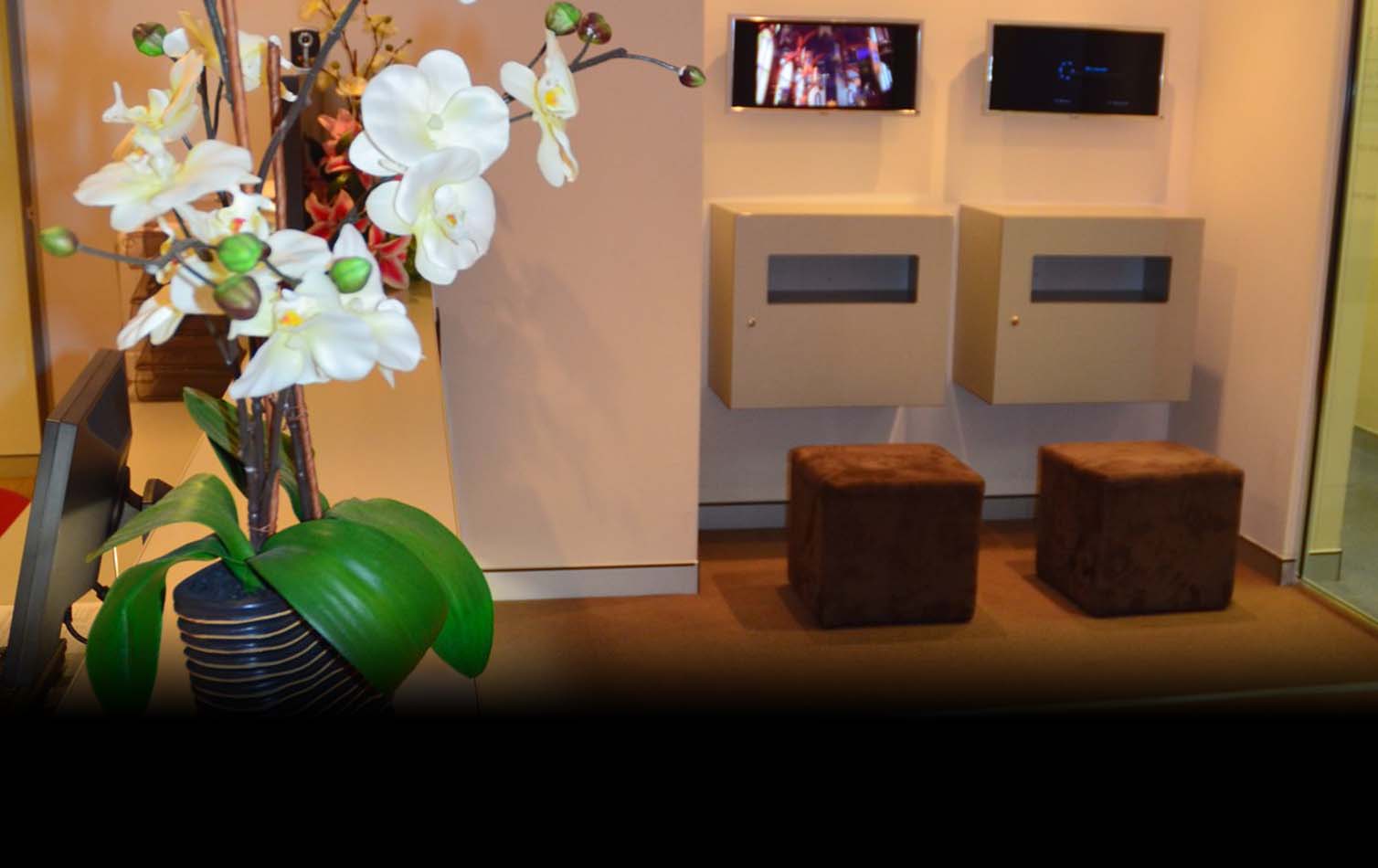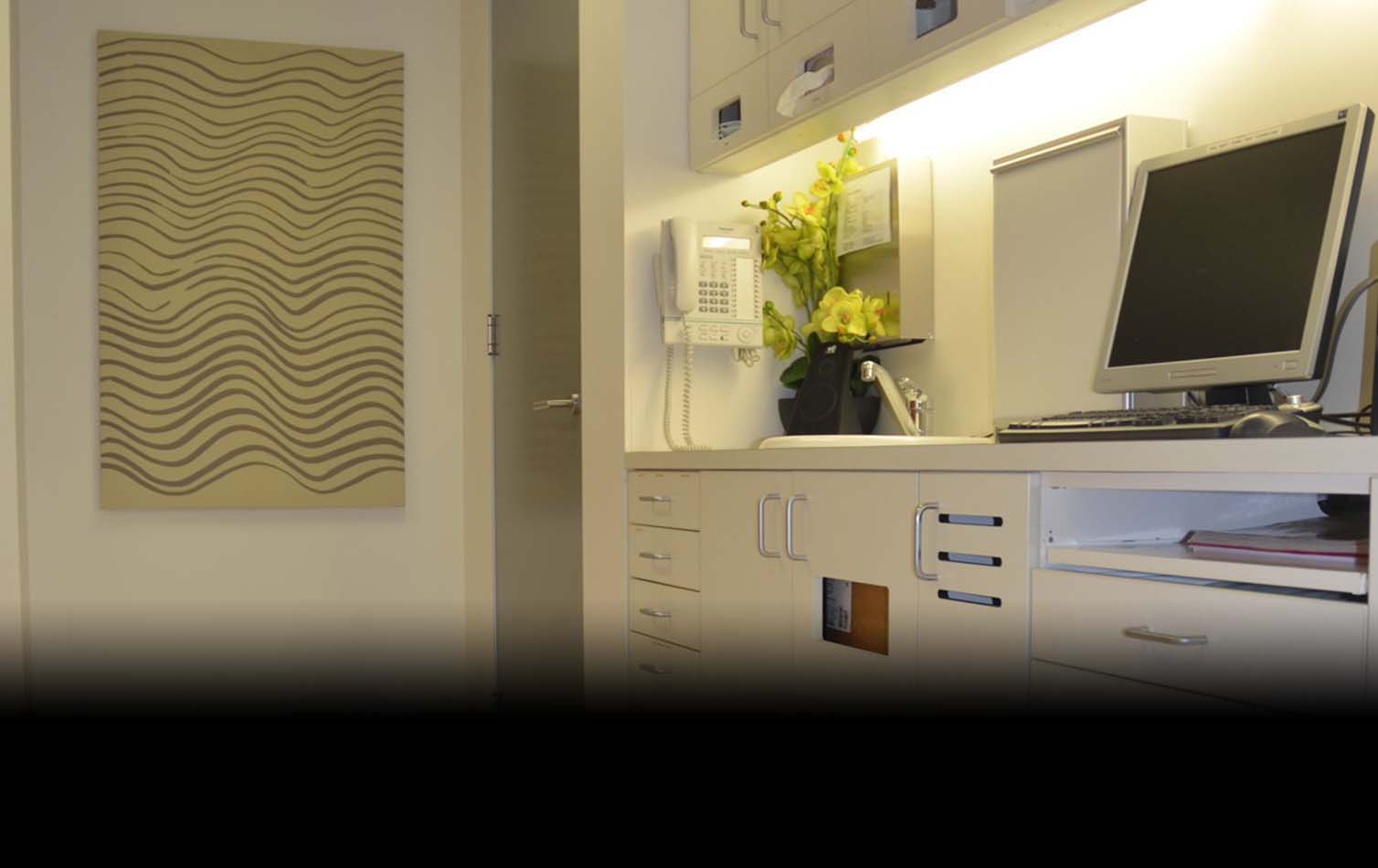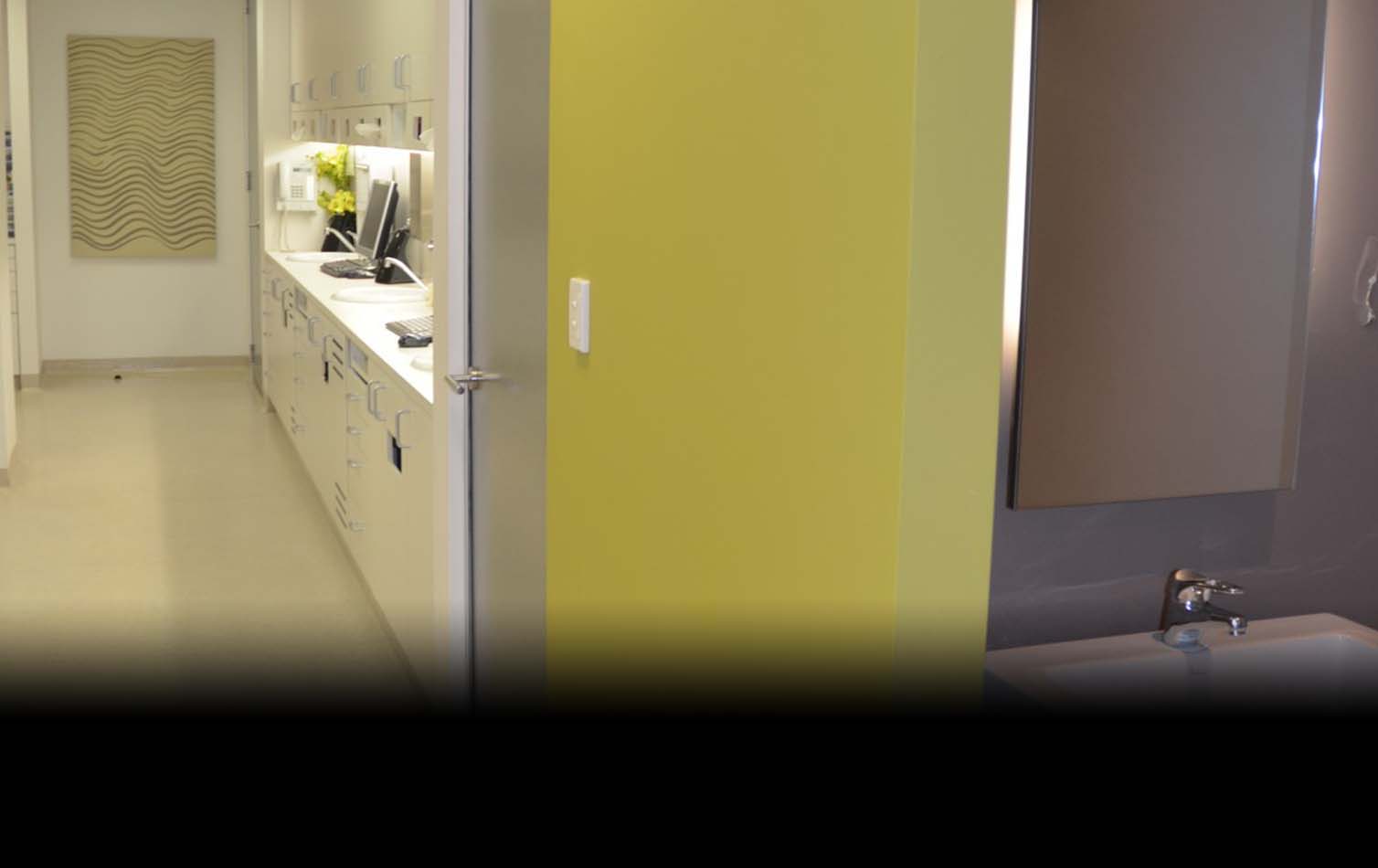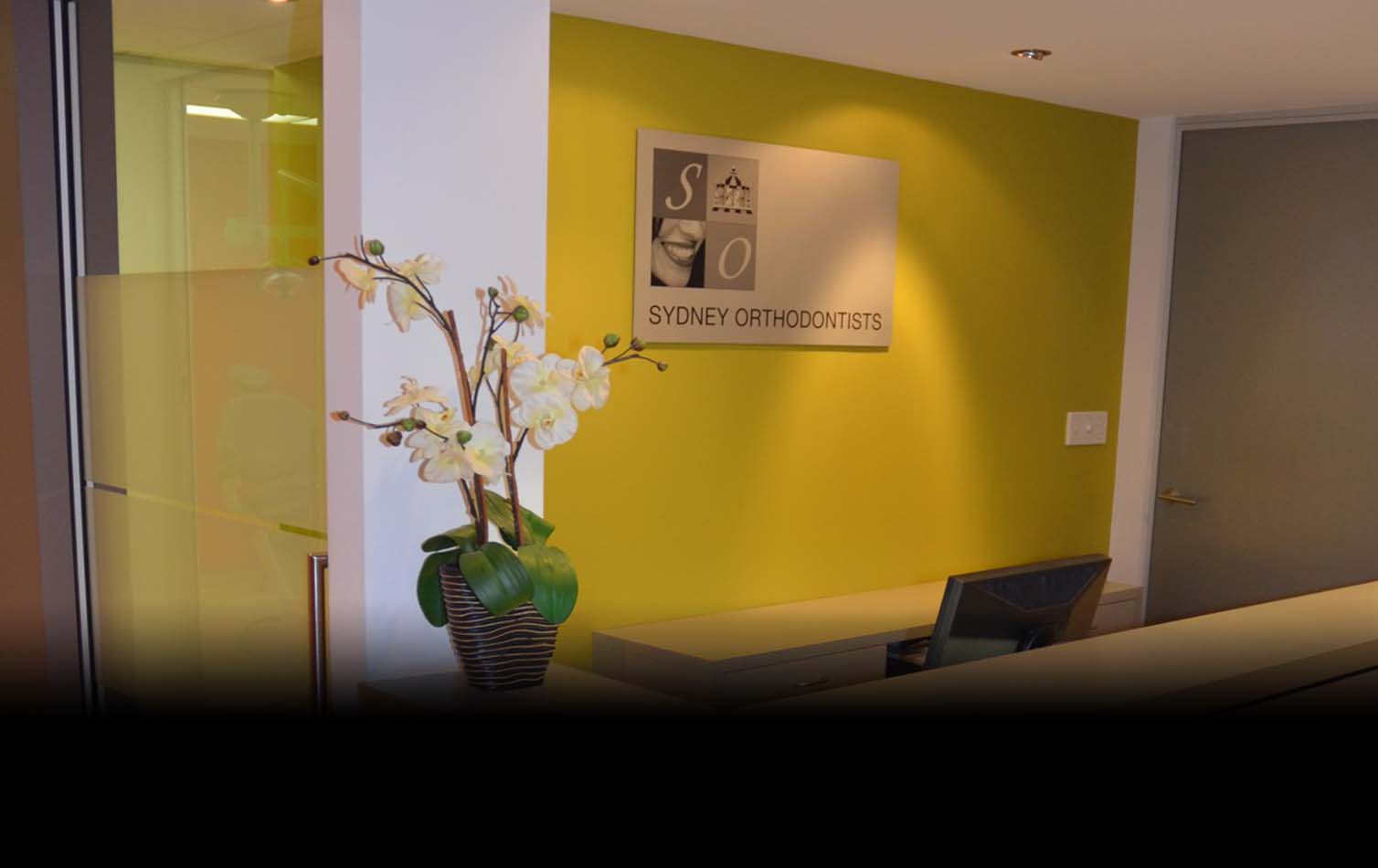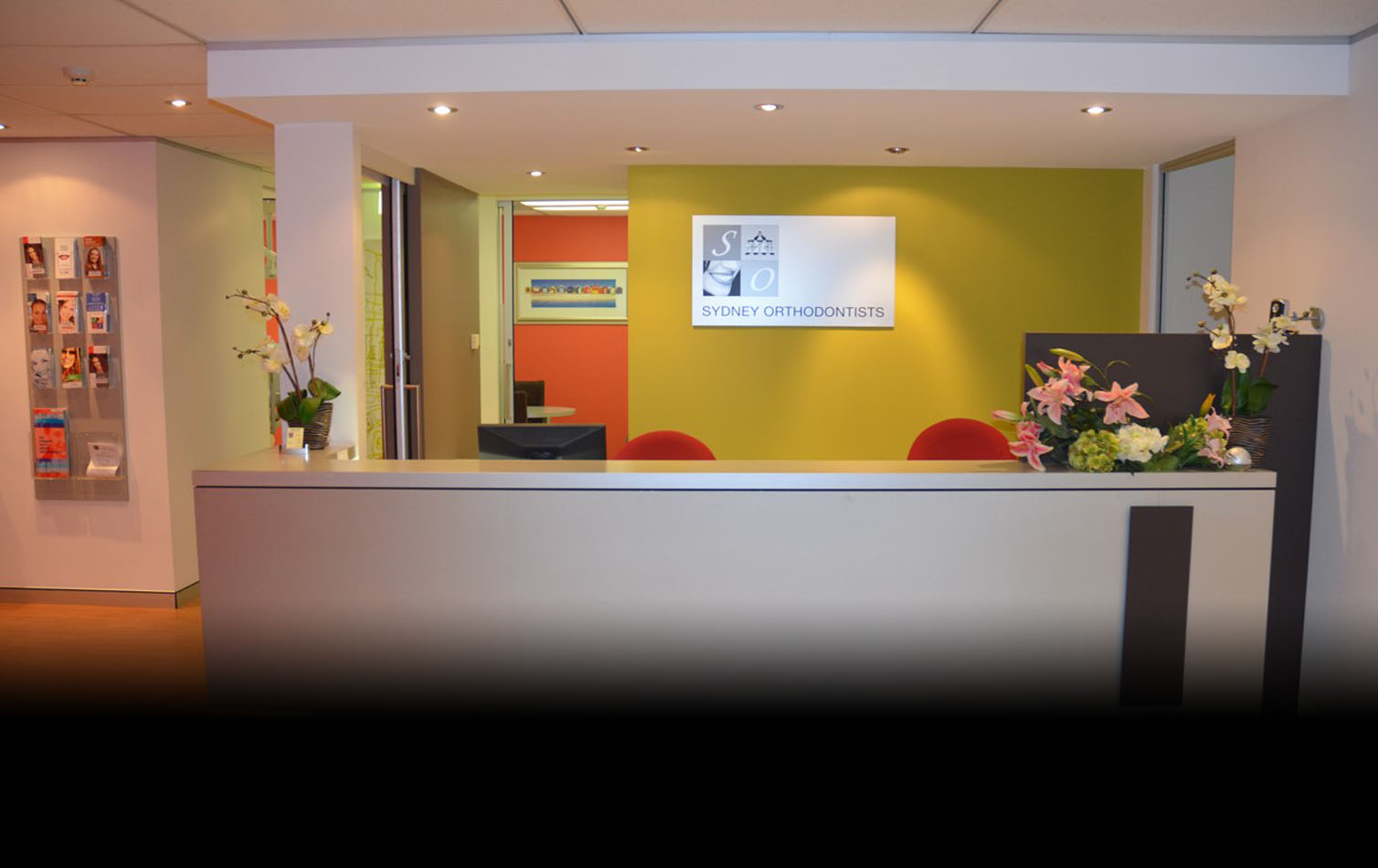
What is the advantage of two-phase orthodontic treatment?
Two-phase orthodontic treatment is a specialized process that combines tooth straightening and physical, facial changes. The purpose of two-phase treatment is to maximize the opportunity to accomplish an ideally healthy, functional, and aesthetic result that will remain stable throughout your life.
What if I put off treatment?
Putting off treatment may result in a need for more invasive, complex treatment later in life, which may not completely fix your smile. Early treatment may be the most effective for achieving lasting results.
Phase — One
Your foundation for a lifetime of beautiful smiles
The goal of Phase-One treatment is to help the jaw develop in a way that will accommodate all of the permanent teeth and improve the way the upper and lower jaws fit together. Children often exhibit early signs of jaw problems as they grow and develop. An upper jaw that is growing too much or is too narrow can be recognized at an early age. If children over the age of seven are found to have this jaw discrepancy, they may be candidates for early orthodontic treatment. Also, if children around the age of eight have severly crowded front teeth, early treatment may avoid the need to extract permanent teeth later.
- Planning now can save your smile later
Children with severe orthodontic problems may benefit tremendously from early phase treatment. Receiving early treatment may help prevent the removal of permanent teeth later in life or the need for surgical procedures to realign the jaws.
- Making records to determine your unique treatment
Orthodontic records will be necessary to determine the type of appliances to be used, the duration of treatment time, and the frequency of visits. Records consist of models of the teeth, X-rays, and photographs. During your child’s initial consultation, your doctor will take records to determine if early treatment is necessary.
Resting period
In this phase, the remaining permanent teeth are left alone as they erupt. Retaining devices may not be recommended if they would interfere with eruption. It is best to allow the existing permanent teeth some freedom of movement. A successful first phase will have created room for permanent teeth to find an eruption path. Otherwise, they may become impacted or severely displaced.

- Monitoring your teeth’s progress
(Clarity Braces Girls Hug) At the end of the first phase of treatment, teeth are not in their final positions. This will be determined and accomplished in the second phase of treatment. Sometimes, selective removal of certain primary (baby) teeth may be in the best interest of enhancing eruption during this resting phase. Therefore, periodic recall appointments for observation are necessary, usually on a six to twelve month basis.








